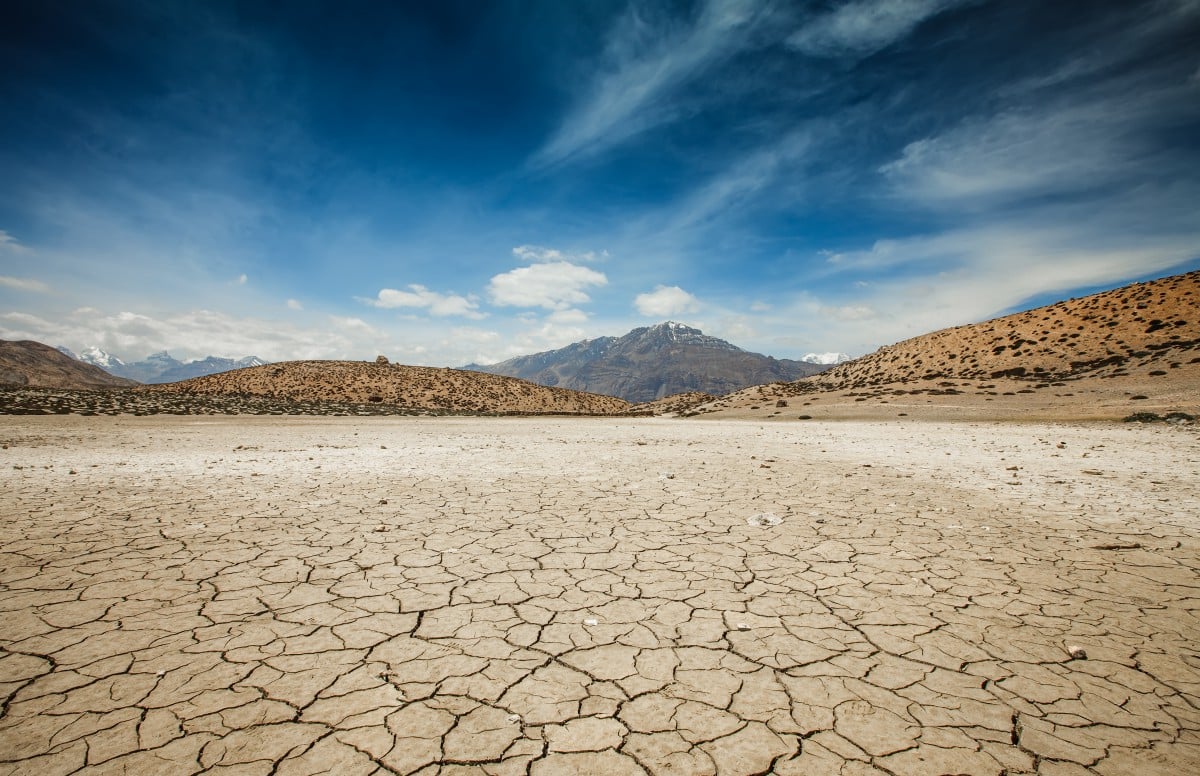Cellular agriculture: A global food-security solution

We’re excited to bring you this guest essay from Dr. Marianne Ellis, Associate Professor at the Bioprocessing Research Unit of the Department of Chemical Engineering at the University of Bath and co-founder of Cellular Agriculture Ltd. Dr. Ellis’s research is focused on bioprocess design for the scale-up of clean meat production.
— — —
In the 21st century, people are still starving. This shouldn’t be. We can use cellular agriculture technology to produce food, even on infertile land.
Let’s take the example of Turkana, in the north of Kenya, with a population of 85,000 people. According to Humanitarian Response and The UN Refugee Agency, 17.2% of the people in this region are critically malnourished and a further 3.9% are severely malnourished. Twenty-two percent of children have stunted growth. Iron and vitamin B-12 deficiencies are especially significant and are directly linked to the lack of meat consumption. The number of refugees at the Kakuma Camp is expected to increase significantly over the next 10 years, further exacerbating these problems.
Now picture a building at the edge of the camp. It is the size of six shipping containers stacked three layers high, covered in solar panels. Walk through the small door and in front of you are a series of horizontal tubes. These are bioreactors growing muscle cells — a complete protein product and form of clean meat.

Behind the bioreactors, you see various filtration units and pipes, but the building is quite quiet, just a gentle whirring of the pump recycling water. The second floor is the product processing lab, while the drying room is the top floor, heated by the sun’s rays.
Back outside, you see a market, with food stalls selling the facility’s protein, as well as other local wares. The building — affectionately known as a CALpod (Cellular Agriculture Lifecycle pod) — has become a focal point for the community’s day-to-day business.
I imagine CALpods integrated into a wide variety of regions. The exact product will depend on the location, cultural preferences, and diets. With today’s technology, a CALpod could produce a shelf-stable protein powder (similar to the packets currently being distributed in Kakuma Camp). With coming advances in technology and distribution networks — e.g., refrigeration — products more closely resembling actual meat could be produced and sold.
Once the facility is in place, a workforce of farmers, producers, suppliers, and distributors will form, creating a locally-sustained economy built around an environmentally-sustainable process. We can imagine the social benefits this could bring about: schools and education, job prospects, better health and quality of life.
There is no silver bullet for achieving global food security, of course. Diversifying our food production methods is the best way to tackle the impending changes to climate and society. My vision for using CALpods is a way to do this, ticking nearly all the UN’s Global Sustainable Futures boxes. I am under no illusion that this vision will be easy to achieve — the technical, financial, and social challenges are significant. But a strong dose of optimism with a healthy drop of realism means, for now, I am dreaming of cellular agriculture as the enabler of a better future for all living beings, wherever on Planet Earth they may be.
You can learn more about Dr. Ellis’s work here.

